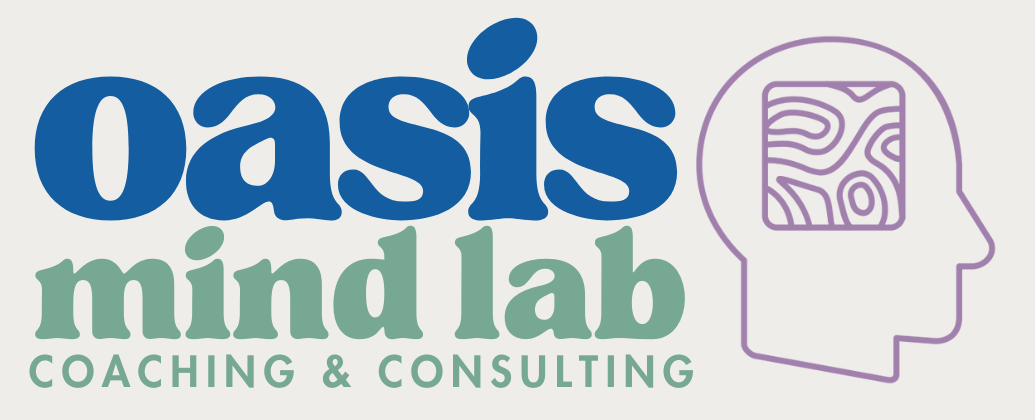Flow psychology is the study of how people feel their best and perform their best when they are deeply focused and fully engaged in an activity.
The term flow state was introduced by psychologist Mihaly Csikszentmihalyi. He described it as a mental state where time seems to disappear, creativity flows naturally, and people lose themselves in what they are doing. He has recently died. Rest in Peace Csikszentmihalyi.
Flow happens when your skills meet the right level of challenge. It is a balance between boredom and overwhelm.
“The best moments in our lives are not the passive, receptive, relaxing times. The best moments usually occur if a person’s body or mind is stretched to its limits in a voluntary effort to accomplish something difficult and worthwhile.”
— Mihaly Csikszentmihalyi, Flow: The Psychology of Optimal Experience
The Connection Between Flow and Happiness
Flow psychology research shows that people feel happiest when they regularly enter a flow state. This is because flow provides a sense of purpose, presence, and personal growth.
According to Csikszentmihalyi (1990), people experience the highest levels of happiness not while resting, but while deeply engaged in meaningful tasks.
Flow supports:
-
Increased motivation
-
Stronger sense of purpose
-
Higher creativity
-
Positive emotional well-being
-
Intrinsic rewards
This is why flow psychology is often connected to happiness at work and overall life satisfaction.
Why Flow State Matters in the Workplace
Flow state is not only important for personal happiness. It also improves work performance, creativity, and job satisfaction.
Research in positive psychology (Seligman, 2011) shows that employees who experience flow are more engaged, more resilient, and more satisfied with their work.
Flow supports:
-
Higher focus and concentration
-
Reduced stress and burnout
-
Better problem-solving and innovation
-
Greater fulfillment in daily tasks
According to Bakker (2008), flow at work leads to more energy, higher productivity, and a stronger connection to meaningful work.
Flow Psychology in Sports, Creativity, and Sex
Flow psychology shows up in every area of life — not just work.
Athletes often describe being in the zone during peak performance. Sports psychologists have studied flow in elite performers for decades because it leads to:
-
Faster reaction times
-
Higher precision
-
Enhanced focus under pressure
-
Reduced self-doubt during competition
(Jackson & Marsh, 1996)
Artists, musicians, and creators also enter flow during deep creative work — losing themselves in the process and producing their best ideas without overthinking.
Flow state can even show up during sex.
Research shows that sexual flow happens when partners feel safe, fully present, and engaged in the moment. Similar to athletic or creative flow, sexual flow involves:
-
A loss of self-consciousness
-
Heightened sensory awareness
-
A merging of action and awareness
-
A sense of timelessness
(Merdian et al., 2017)
This is why flow psychology is not just about doing more. It is about creating conditions for presence, pleasure, connection, and aliveness — in every part of your life.
Whether in business, sport, or intimacy — flow reminds us that being fully present is often where joy lives.
How to Create More Flow in Your Life and Work
Flow does not happen by accident. It can be designed and supported through intentional practices and lifestyle choices.
1. Balance Challenge and Skill
Tasks need to be challenging enough to keep you engaged but not so difficult that they cause frustration.
Ask yourself: Is this task stretching my skills in a healthy way?
2. Remove Distractions
Flow happens best when you have uninterrupted time to focus.
Tips for creating flow-friendly space include:
-
Turning off notifications
-
Setting boundaries for deep work time
-
Clearing physical clutter
3. Set Clear Goals
Clear goals give your brain a roadmap for success and provide immediate feedback that supports motivation and focus.
4. Engage in Meaningful Activities
Flow is easier to access when you enjoy what you are doing.
This could be:
-
Creative projects
-
Business strategy
-
Movement practices
-
Personal hobbies
-
Work that feels aligned with your values
5. Practice Presence and Mindfulness
Mindfulness practices like breathwork, yoga, or meditation can train your brain to stay present and increase your ability to enter flow states.
Flow Psychology Creates a Happier Life and Business
At Allay Mind Lab, I help people design their work and life in a way that supports flow.
Flow state is not about doing more. It is about doing what matters better.
When you live and work in alignment with flow psychology principles, you create space for:
-
More creativity
-
Less burnout
-
Better performance
-
Deeper joy and fulfillment
Flow follows focus. Flow thrives in presence. Flow supports happiness.
This is how we build blueprints for a life and business that feels good to live in.
References
Csikszentmihalyi, M. (1990). Flow: The Psychology of Optimal Experience. Harper & Row.
Nakamura, J., & Csikszentmihalyi, M. (2014). The Concept of Flow. In M. Csikszentmihalyi (Ed.), Flow and the Foundations of Positive Psychology. Springer.
Seligman, M. (2011). Flourish: A Visionary New Understanding of Happiness and Well-Being. Atria Books.
Bakker, A. B. (2008). The work-related flow inventory: Construction and initial validation of the WOLF. Journal of Vocational Behavior, 72(3), 400-414.
Jackson, S. A., & Marsh, H. W. (1996). Development and validation of a scale to measure optimal experience: The Flow State Scale. Journal of Sport and Exercise Psychology, 18, 17-35.
Merdian, H. L., Jones, C., & Lincoln, R. (2017). In the flow: A qualitative exploration of the sexual peak experience. Journal of Sex Research, 54(3), 327-338.

